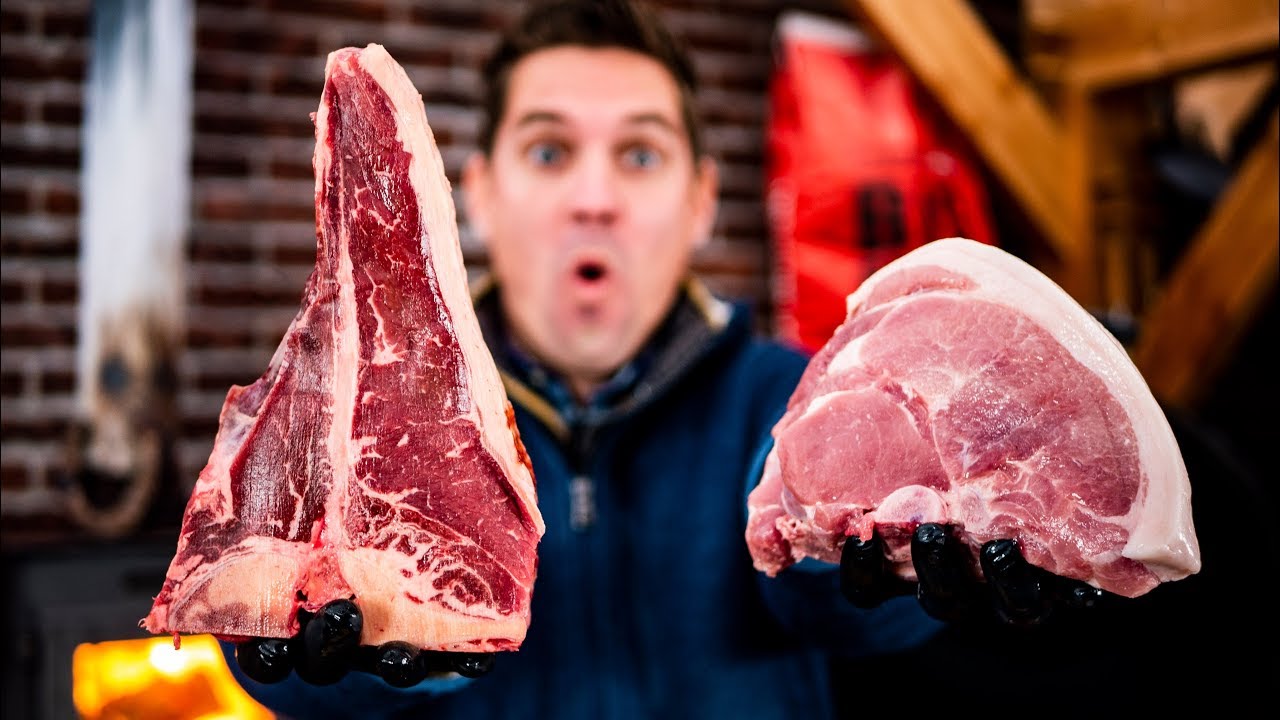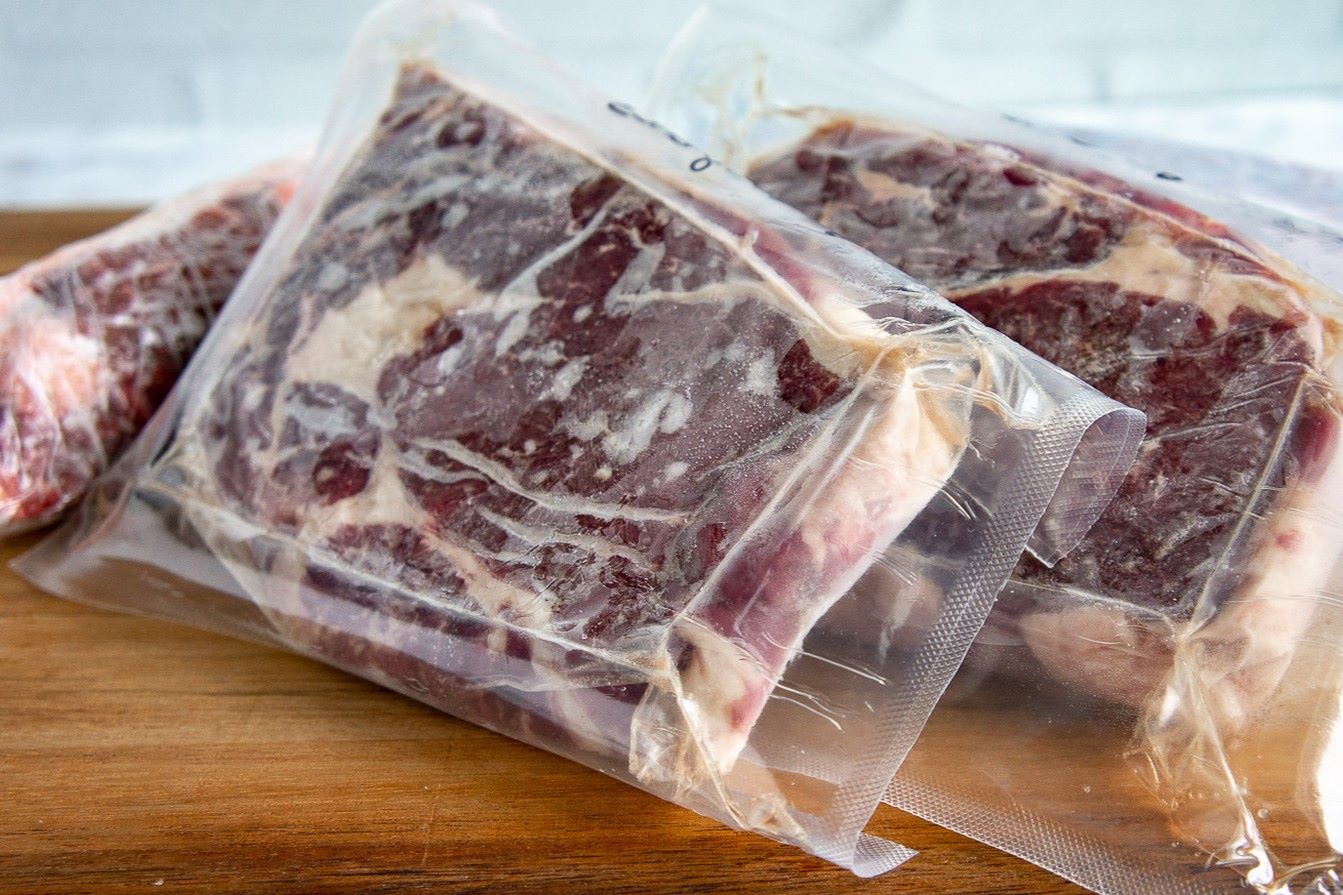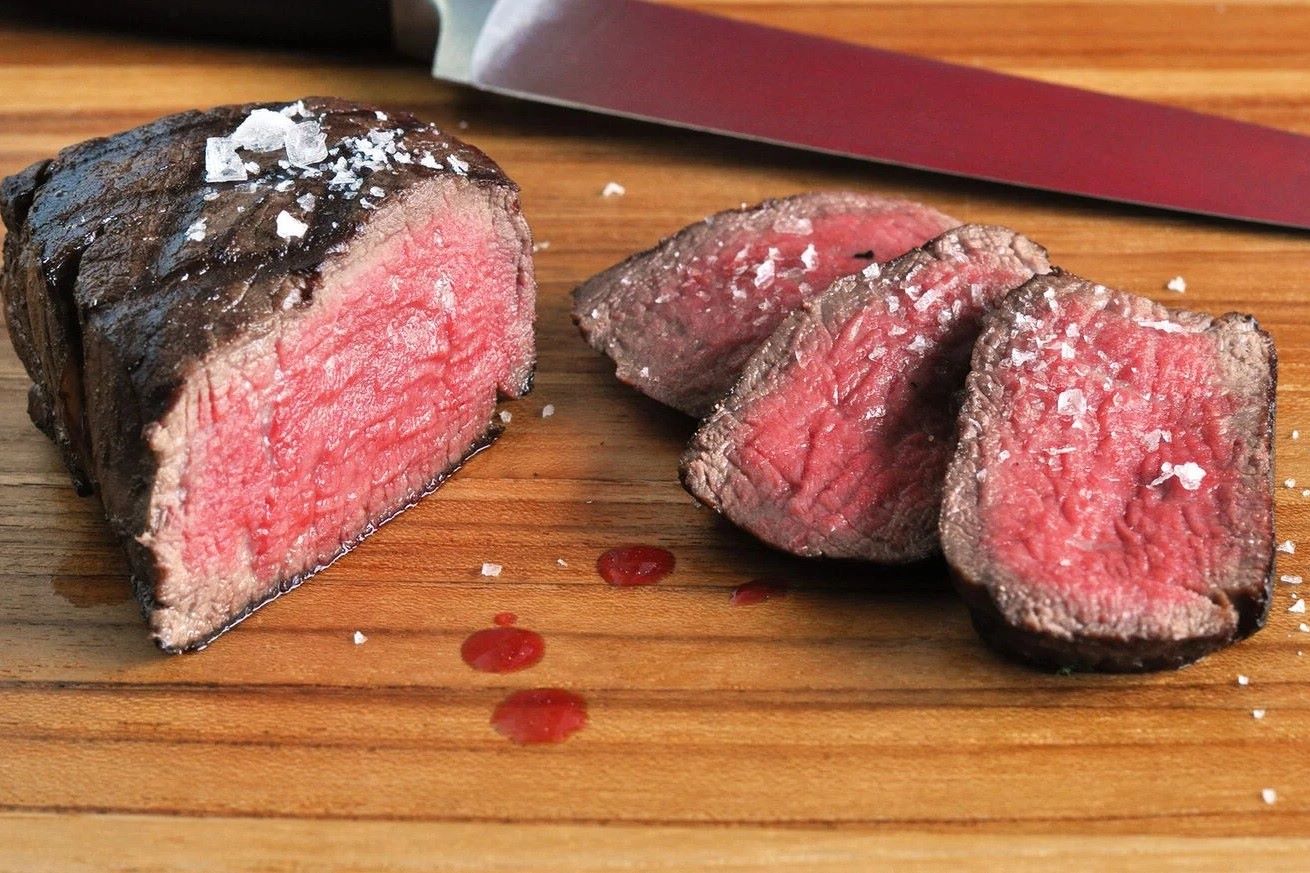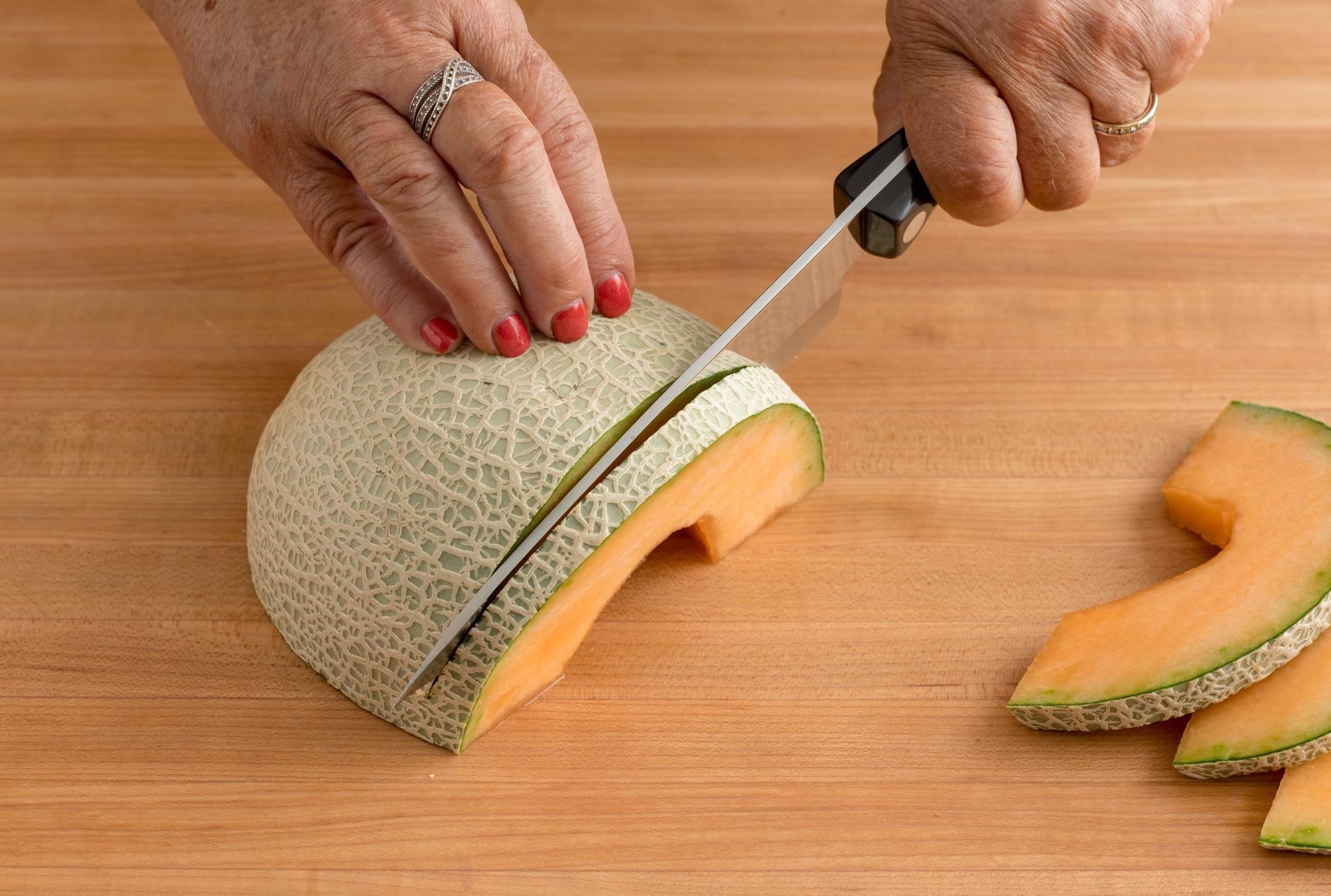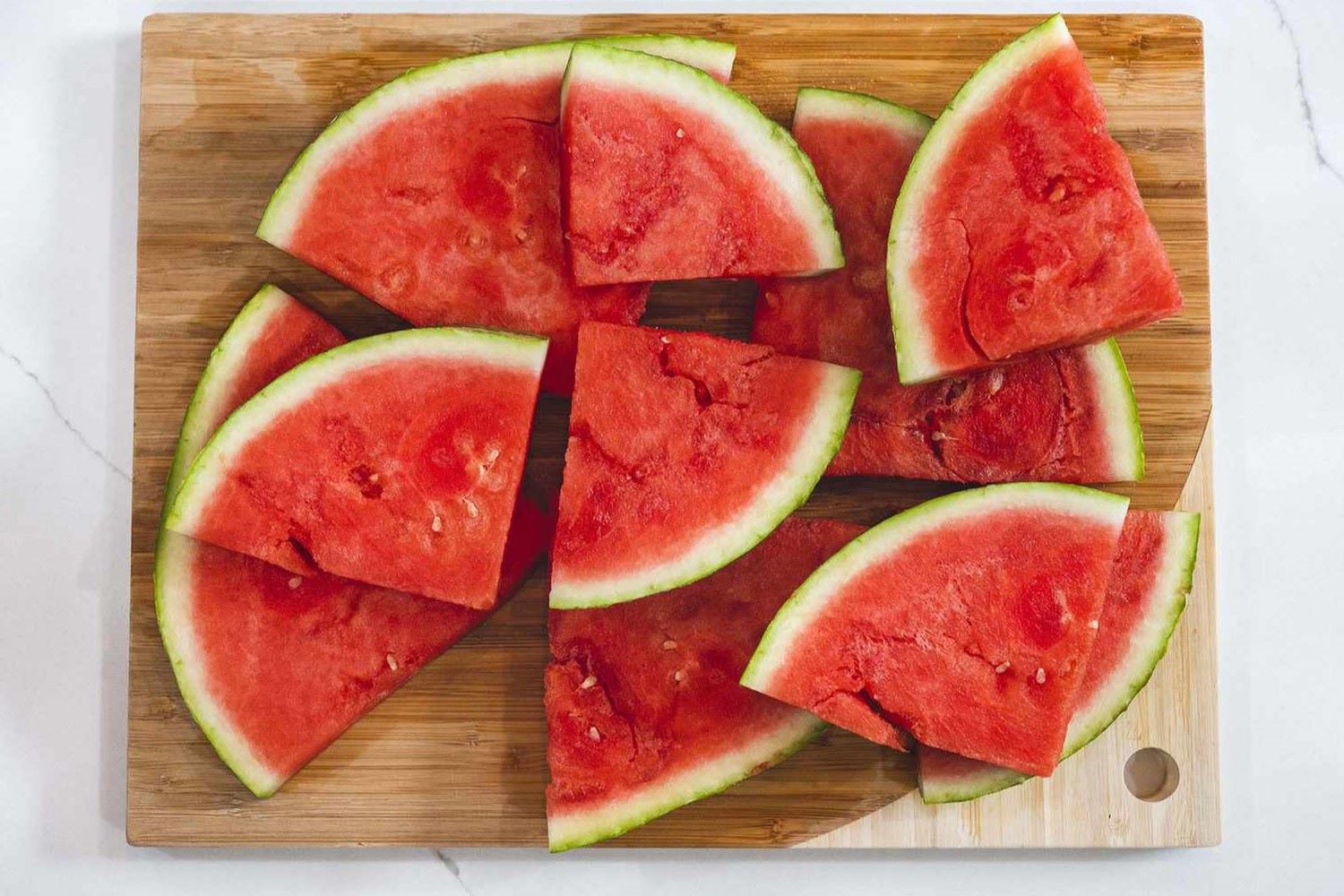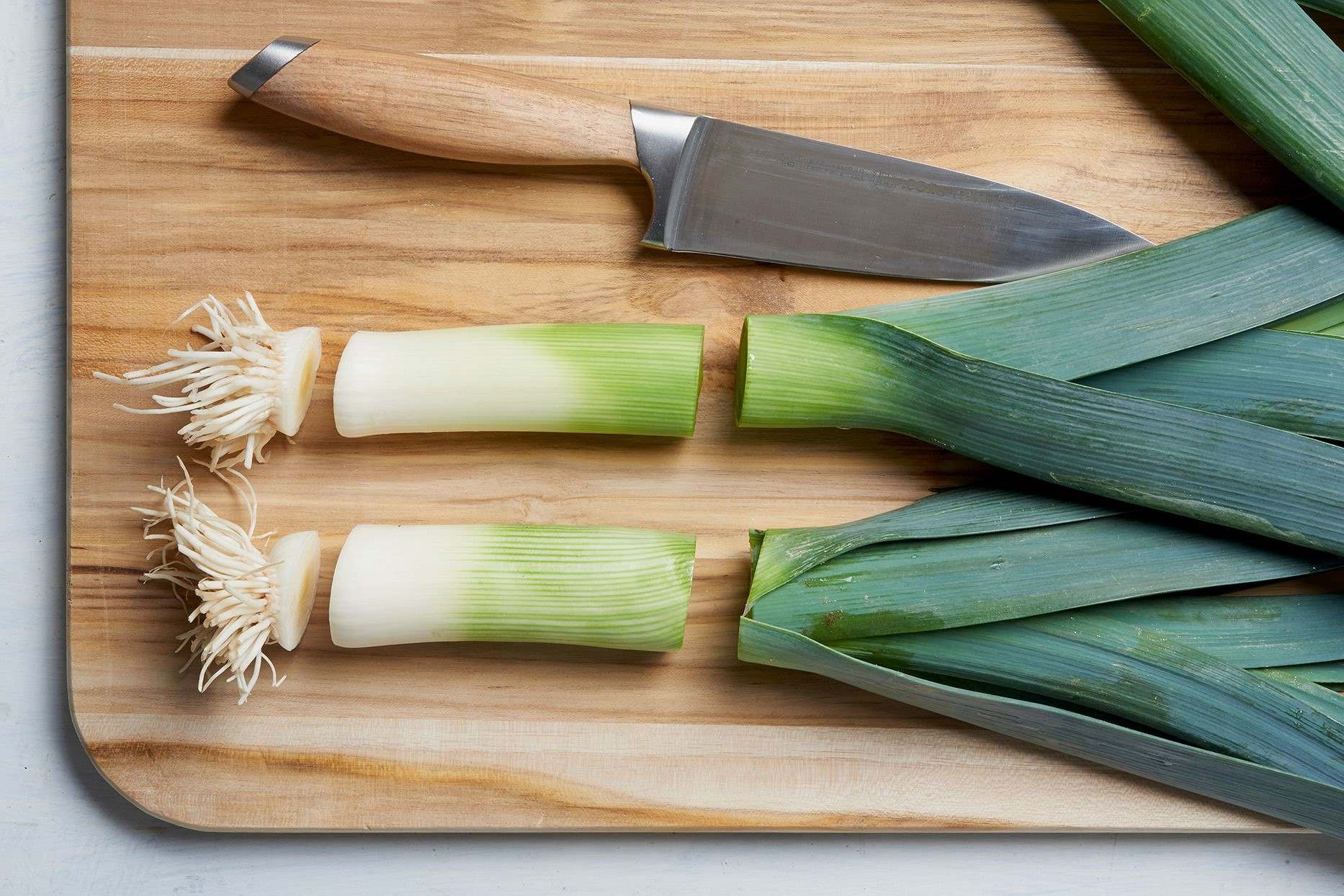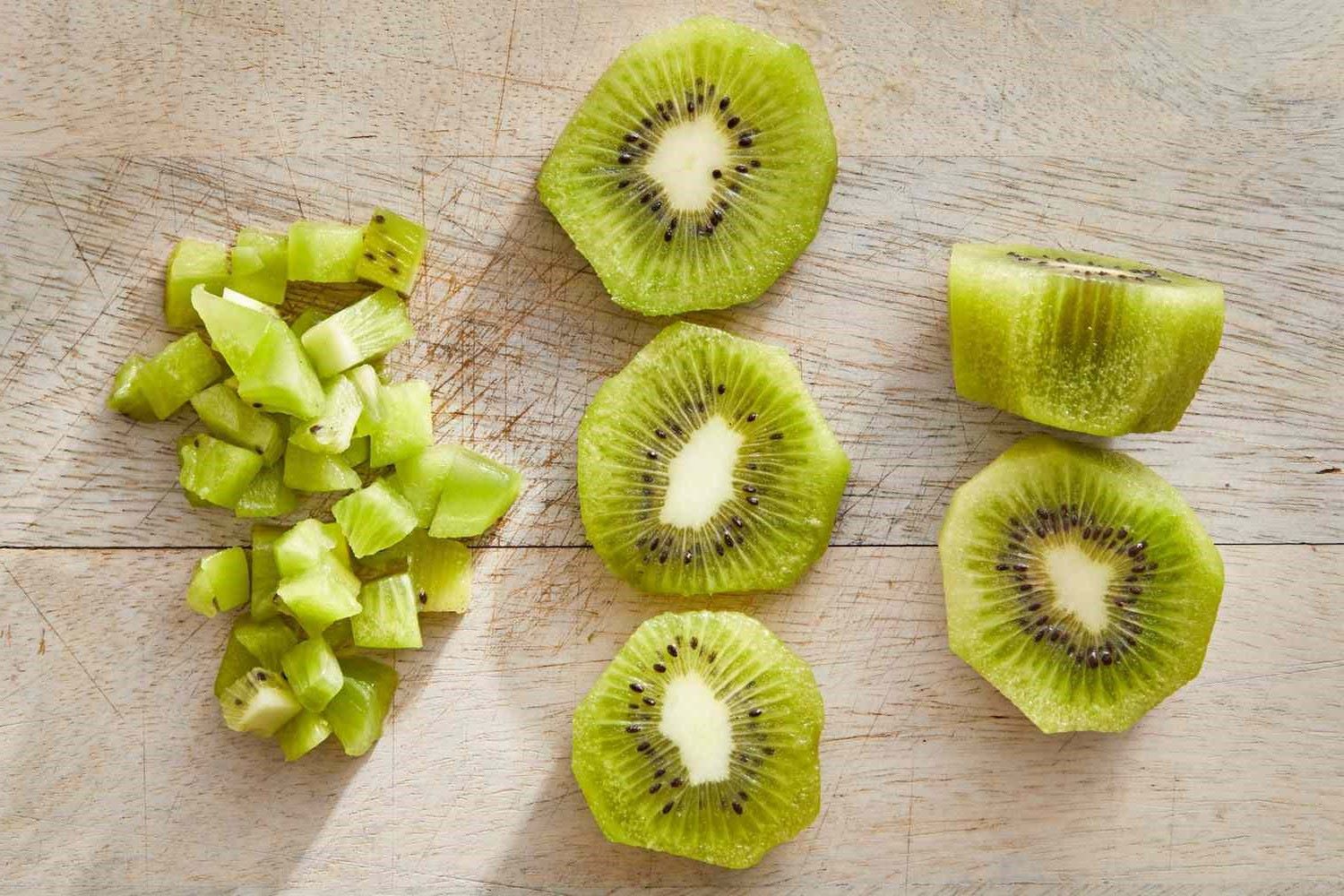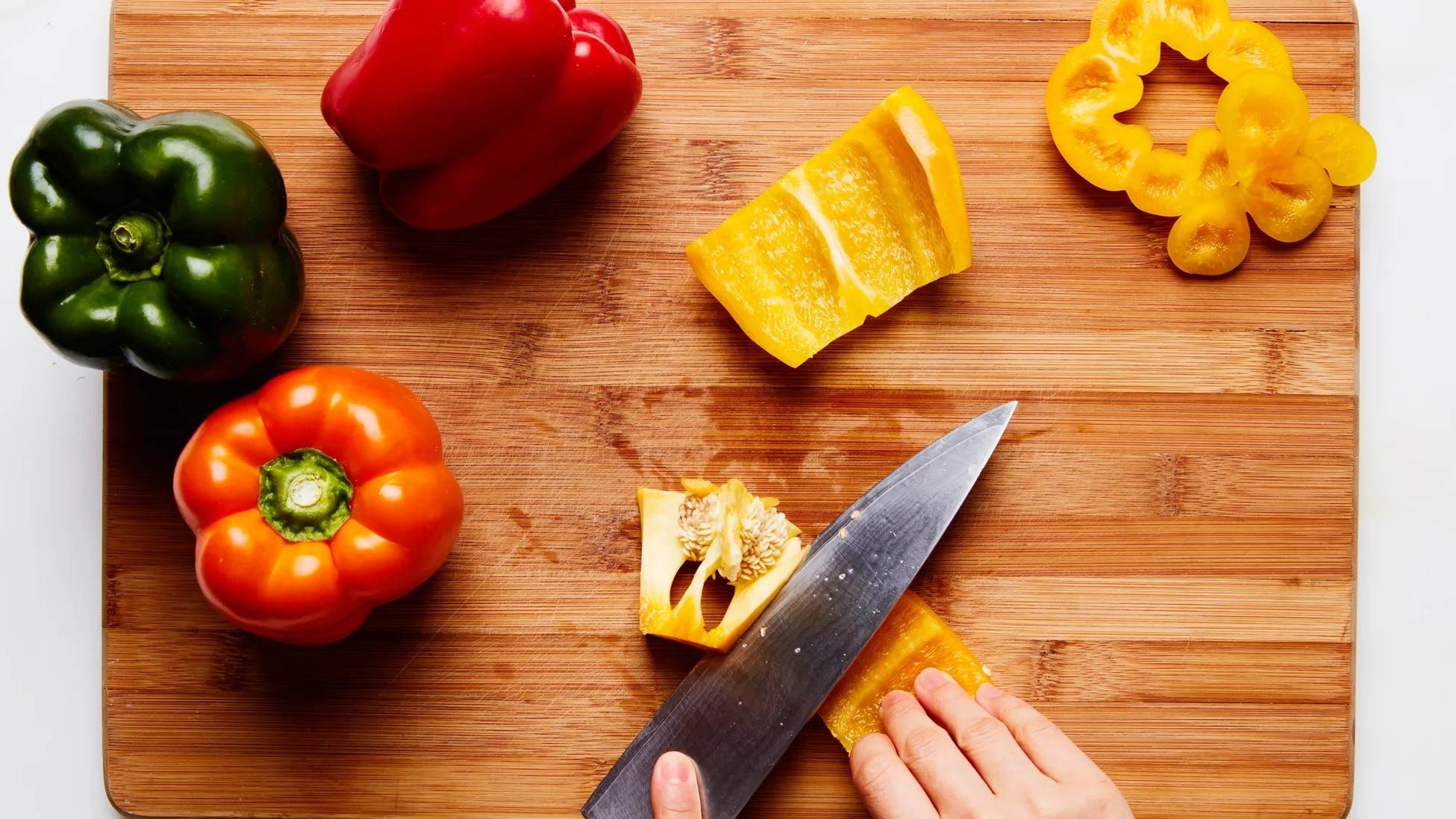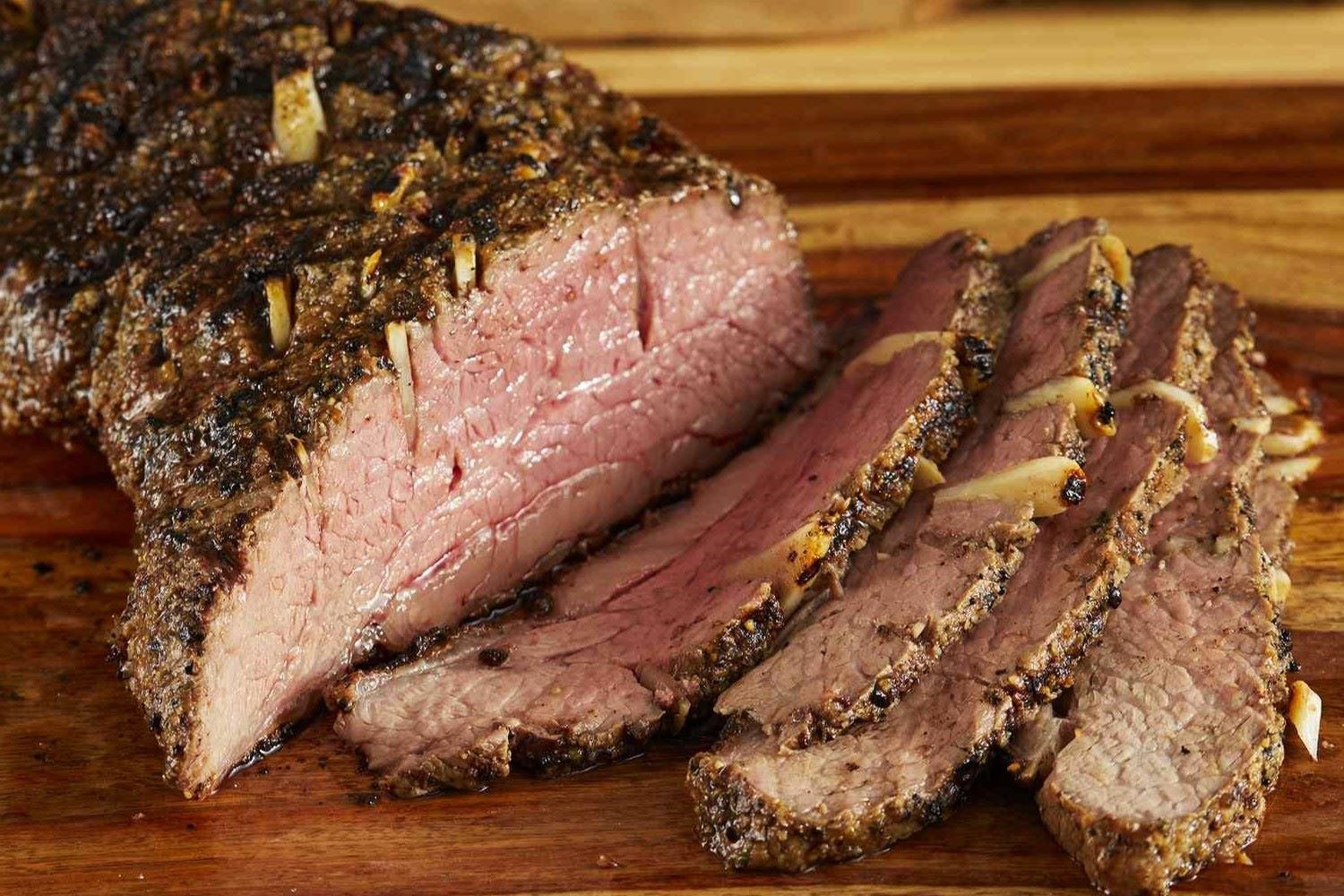Home>Food and Cooking>How To Cut Flank Steak
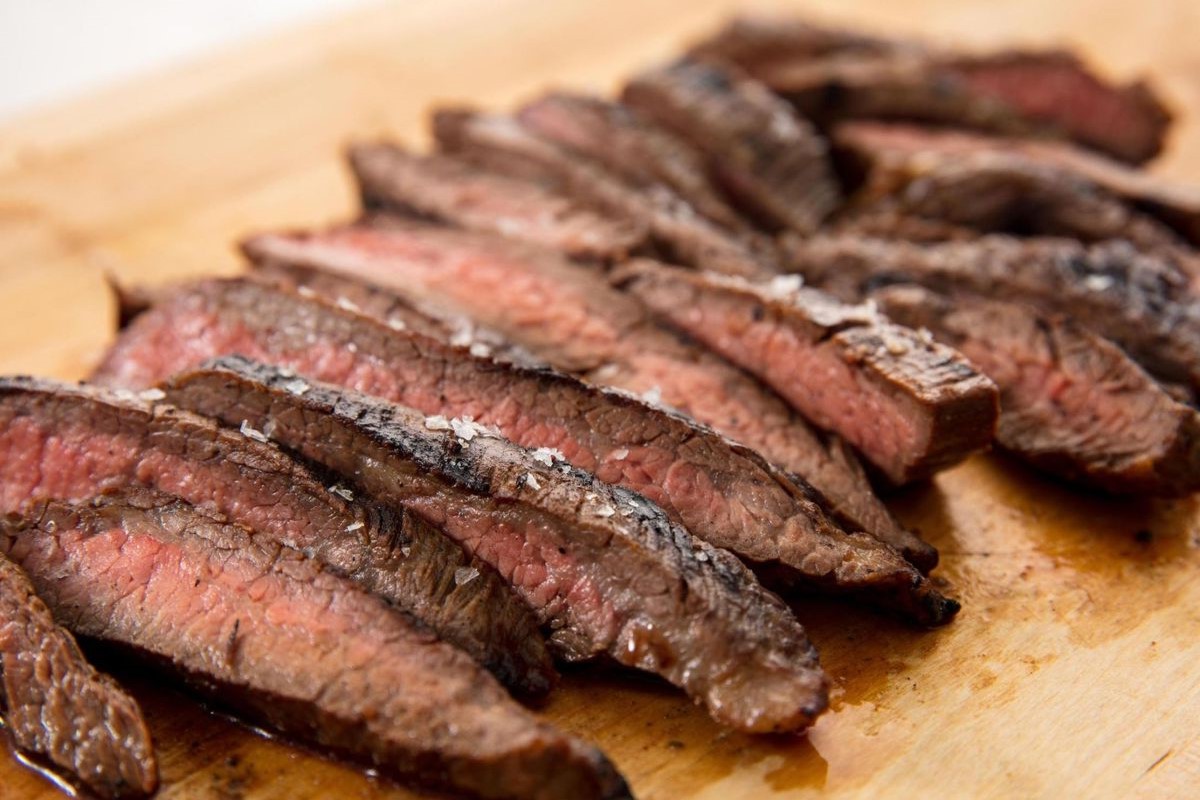

Food and Cooking
How To Cut Flank Steak
Published: February 29, 2024
Learn how to cut flank steak like a pro with our easy step-by-step guide. Perfect for food and cooking enthusiasts looking to master their culinary skills.
(Many of the links in this article redirect to a specific reviewed product. Your purchase of these products through affiliate links helps to generate commission for Noodls.com, at no extra cost. Learn more)
Table of Contents
Introduction
Flank steak is a flavorful and versatile cut of beef that can be a star ingredient in a wide range of dishes, from stir-fries to tacos. Known for its rich, beefy flavor and distinctive long, flat shape, flank steak is a popular choice for grilling, broiling, and pan-searing. However, to truly make the most of this cut, it's crucial to understand how to properly prepare and cut it.
In this comprehensive guide, we will delve into the art of cutting flank steak, exploring the best practices for choosing, preparing, and cutting this delectable cut of beef. Whether you're a seasoned home cook or a culinary enthusiast looking to expand your skills, mastering the art of cutting flank steak will undoubtedly elevate your cooking prowess and impress your family and friends.
Join us as we embark on a journey through the world of flank steak, uncovering the secrets to selecting the perfect cut, mastering the art of preparation, and honing the essential cutting techniques. By the end of this guide, you'll be well-equipped to tackle flank steak with confidence, unlocking its full potential and creating mouthwatering dishes that will leave everyone craving for more. So, let's roll up our sleeves and dive into the wonderful world of flank steak!
Read more: How To Cut Ribeye Steak
Choosing the right flank steak
When it comes to selecting the perfect flank steak, there are several factors to consider to ensure that you end up with a cut of meat that is not only flavorful but also tender and well-suited for your culinary endeavors. Here's a detailed look at the essential aspects to keep in mind when choosing the right flank steak:
1. Quality and Freshness
Opting for high-quality, fresh flank steak is paramount. Look for a cut that boasts a vibrant red color, indicating freshness. Additionally, marbling – the fine streaks of fat within the muscle – is a key indicator of quality. While flank steak is known for its leanness, a modest amount of marbling can contribute to tenderness and flavor.
2. Thickness
The thickness of the flank steak is another crucial consideration. A thickness of around 1 to 1.5 inches is ideal, as it allows for even cooking and the development of a delectable crust while retaining a juicy, tender interior.
3. Texture and Flexibility
When selecting a flank steak, pay attention to its texture and flexibility. The meat should feel firm to the touch, with a degree of flexibility that allows for easy manipulation during preparation. Avoid cuts that appear overly rigid or excessively soft, as these may not yield the desired results when cooked.
Read more: How To Properly Cut Steak Against The Grain
4. Color and Odor
Examine the color and odor of the flank steak. It should exude a fresh, meaty aroma, devoid of any off-putting or sour smells. Additionally, the surface of the meat should be free from any discoloration or slimy residue, indicating spoilage.
5. Source and Sustainability
Consider the source of the flank steak and opt for cuts that align with your preferences for sustainability and ethical farming practices. Choosing grass-fed, pasture-raised beef can not only contribute to a richer flavor profile but also support environmentally conscious agricultural methods.
By carefully evaluating these factors, you can ensure that you select a high-quality flank steak that serves as the foundation for a remarkable culinary creation. With the right cut in hand, you'll be well on your way to mastering the art of preparing and cutting flank steak with confidence and finesse.
Preparing the flank steak
Preparing the flank steak is a crucial step that sets the stage for a delectable culinary experience. Proper preparation not only enhances the flavor and texture of the meat but also ensures that it cooks evenly, yielding succulent and tender results. Here's a detailed exploration of the essential steps involved in preparing flank steak:
-
Trimming and Cleaning: Begin by inspecting the flank steak for any excess fat or silver skin. Using a sharp knife, carefully trim away any visible fat, as excessive fat can lead to flare-ups during cooking and detract from the overall eating experience. Additionally, remove any tough connective tissue or membrane to promote tenderness.
-
Marinade or Dry Rub: Consider marinating the flank steak to infuse it with flavor and tenderize the meat. A simple marinade comprising ingredients such as olive oil, soy sauce, garlic, and citrus juice can work wonders in enhancing the natural richness of the beef. Alternatively, a dry rub consisting of spices and herbs can be applied to the surface of the meat, forming a flavorful crust when cooked.
-
Piercing and Tenderizing: To maximize the absorption of marinade or dry rub, consider piercing the surface of the flank steak with a fork. This process, known as tenderizing, helps break down the muscle fibers, resulting in a more tender and flavorful outcome. Be mindful not to over-tenderize, as this can lead to excessive mushiness.
-
Resting and Seasoning: Allow the flank steak to rest at room temperature for approximately 30 minutes before cooking. During this time, season the meat generously with salt and pepper, ensuring that the flavors permeate the entire cut. This resting period also allows the meat to relax, promoting more even cooking.
-
Room for Creativity: While traditional marinades and seasonings are popular choices, don't hesitate to experiment with unique flavor profiles. Consider incorporating ingredients such as balsamic vinegar, honey, fresh herbs, or spicy chili flakes to impart a distinctive character to the flank steak.
By meticulously preparing the flank steak through these steps, you can elevate its inherent qualities and set the foundation for a remarkable culinary creation. With the meat primed and ready, the next step involves mastering the art of cutting the flank steak to unlock its full potential and create an unforgettable dining experience.
Cutting techniques
Mastering the art of cutting flank steak is essential to unleash its full potential and ensure a delightful dining experience. The manner in which the flank steak is sliced can significantly impact its tenderness, texture, and overall presentation. Here's an in-depth exploration of the cutting techniques that will enable you to expertly handle this flavorful cut of beef:
Read more: Unconventional Pho Ingredient: Flank Steak!
1. Grain Orientation
Before delving into the cutting process, it's crucial to identify the direction of the grain in the flank steak. The grain refers to the natural lines or muscle fibers running through the meat. To achieve optimal tenderness, it's advisable to cut against the grain. This means that the knife should be positioned perpendicular to the direction of the muscle fibers, resulting in shorter meat fibers and a more tender texture.
2. Slicing Thickness
When it comes to slicing flank steak, the thickness of the cuts plays a pivotal role in the final texture and mouthfeel of the dish. Aim for uniform slices with a thickness of approximately 1/4 to 1/2 inch. Consistency in slicing ensures even cooking and allows the flavors to permeate the meat effectively.
3. Bias-Cut Technique
Employing the bias-cut technique involves slicing the flank steak at a 45-degree angle against the grain. This method yields wider slices with increased surface area, promoting enhanced caramelization and flavor development during cooking. Additionally, bias-cut slices showcase an appealing presentation, making them ideal for plating and serving.
4. Portioning for Dishes
Consider the intended use of the flank steak when determining the cutting technique. For dishes such as fajitas or stir-fries, slicing the flank steak into thin strips facilitates quick and even cooking, ensuring that the meat remains tender and succulent. Alternatively, for steak salads or main entrees, larger, bias-cut slices can serve as a visually striking centerpiece.
Read more: How To Quickly Thaw Steak
5. Precision and Patience
Precision and patience are key elements in mastering cutting techniques. Take your time to ensure each slice is uniform and consistent, paying close attention to the orientation of the grain. By exercising precision, you can elevate the dining experience, allowing the natural flavors of the flank steak to shine through.
By honing these cutting techniques, you can transform a simple cut of flank steak into a culinary masterpiece, brimming with tenderness, flavor, and visual appeal. Whether you're preparing a sizzling stir-fry, a mouthwatering steak salad, or a delectable fajita platter, the art of cutting flank steak with finesse will undoubtedly elevate your culinary creations to new heights.
Cooking tips
Cooking flank steak to perfection requires attention to detail and a nuanced approach to harnessing its rich flavors and tender texture. Here are essential cooking tips to ensure that your flank steak dishes are nothing short of extraordinary:
-
Optimal Doneness: When cooking flank steak, aim for a medium-rare to medium level of doneness to preserve its tenderness and succulence. Overcooking can result in toughness, so it's advisable to use a meat thermometer to gauge the internal temperature. For medium-rare, aim for 130-135°F (54-57°C), while medium doneness ranges from 140-145°F (60-63°C).
-
Resting Period: After cooking, allow the flank steak to rest for approximately 5-10 minutes before slicing. This resting period enables the juices to redistribute within the meat, ensuring a moist and flavorful outcome. Tent the steak loosely with foil to retain heat during the resting process.
-
Searing for Flavor: Prior to cooking, ensure that the flank steak is patted dry to promote a good sear. Searing the meat over high heat in a well-oiled pan or on a hot grill imparts a delectable caramelized crust, enhancing the overall flavor profile of the dish.
-
Flavorful Marinades: Experiment with a variety of marinades to infuse the flank steak with depth of flavor. Ingredients such as Worcestershire sauce, balsamic vinegar, and Dijon mustard can add complexity, while acidic components like citrus juice or vinegar aid in tenderizing the meat.
-
Resting and Carving: Allow the flank steak to rest after cooking, then carve it against the grain using a sharp knife. Slicing against the grain ensures maximum tenderness, as it shortens the muscle fibers, resulting in a more enjoyable eating experience.
-
Versatile Cuts: Consider the intended use of the flank steak when determining the cooking method. For quick and flavorful results, consider grilling or pan-searing for dishes like fajitas or steak tacos. Alternatively, slow cooking methods such as braising or sous vide can yield incredibly tender results for dishes like beef stroganoff or shredded beef sandwiches.
By incorporating these cooking tips into your culinary repertoire, you can elevate the preparation and presentation of flank steak dishes, delighting your palate and those of your guests. Whether you're aiming for a simple yet satisfying weeknight meal or a show-stopping centerpiece for a special occasion, these tips will undoubtedly enhance your prowess in handling and cooking flank steak with finesse.
Conclusion
In conclusion, mastering the art of cutting flank steak is a transformative journey that empowers home cooks and culinary enthusiasts to unlock the full potential of this flavorful cut of beef. From the initial selection of the perfect flank steak to the meticulous preparation and expert cutting techniques, each step plays a pivotal role in shaping the ultimate dining experience.
By carefully choosing a high-quality flank steak that embodies freshness, marbling, and sustainability, individuals set the stage for culinary excellence. The process of preparing the flank steak, including trimming, marinating, and tenderizing, serves as a testament to the dedication and attention to detail required to elevate the meat's inherent qualities.
The cutting techniques explored in this guide, from identifying the grain orientation to employing the bias-cut method, offer invaluable insights into enhancing tenderness, texture, and visual appeal. Each slice becomes a canvas for creativity, allowing for the creation of stunning culinary presentations and mouthwatering dishes that captivate the senses.
Furthermore, the cooking tips provided shed light on the nuanced approach required to achieve optimal doneness, flavor infusion, and versatile cooking methods. From achieving the perfect sear to allowing the meat to rest before carving, these tips serve as a testament to the artistry and finesse involved in preparing and cooking flank steak.
Ultimately, the journey of mastering the art of cutting flank steak transcends the realm of culinary expertise, offering a gateway to creating memorable dining experiences and fostering a deeper appreciation for the craft of cooking. With each slice and sizzle, individuals embark on a culinary adventure that celebrates the rich flavors, textures, and versatility of flank steak, leaving an indelible mark on the palates of those who partake in the gastronomic delights.
As the sizzle of the grill gives way to the tantalizing aroma of perfectly cooked flank steak, and each slice reveals the fruits of labor and dedication, it becomes evident that the art of cutting flank steak is not merely a culinary pursuit but a celebration of creativity, precision, and the joy of sharing exceptional meals with loved ones.
